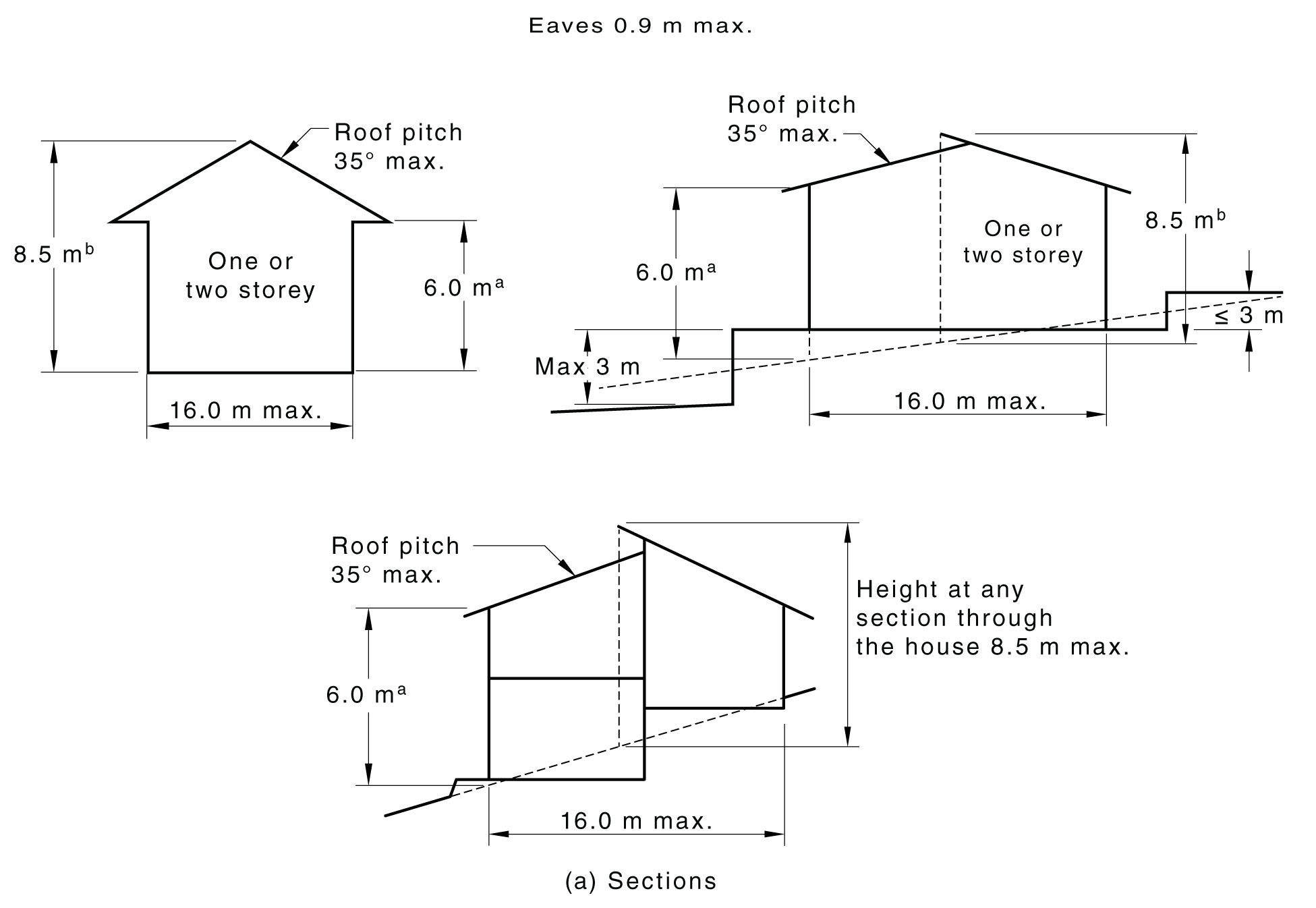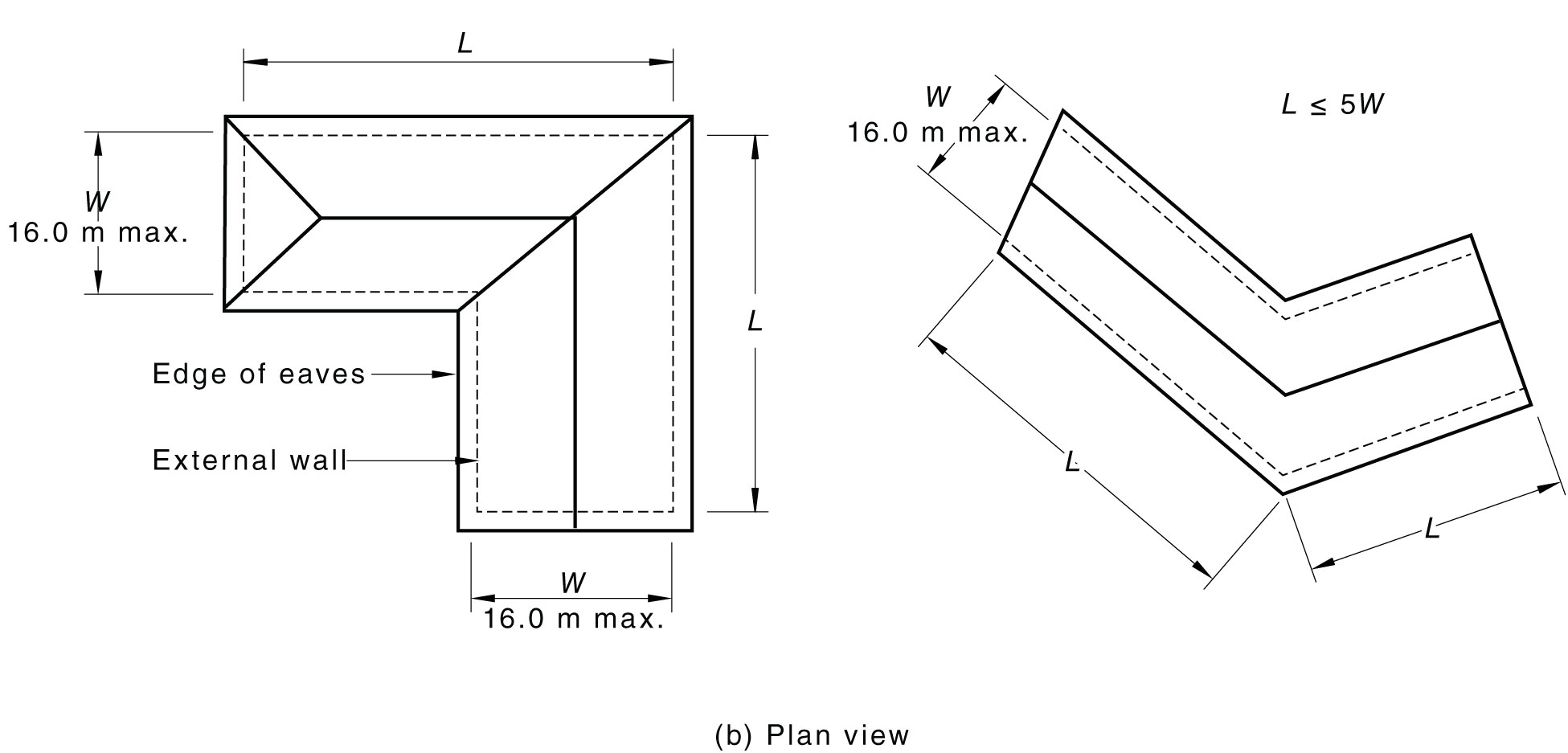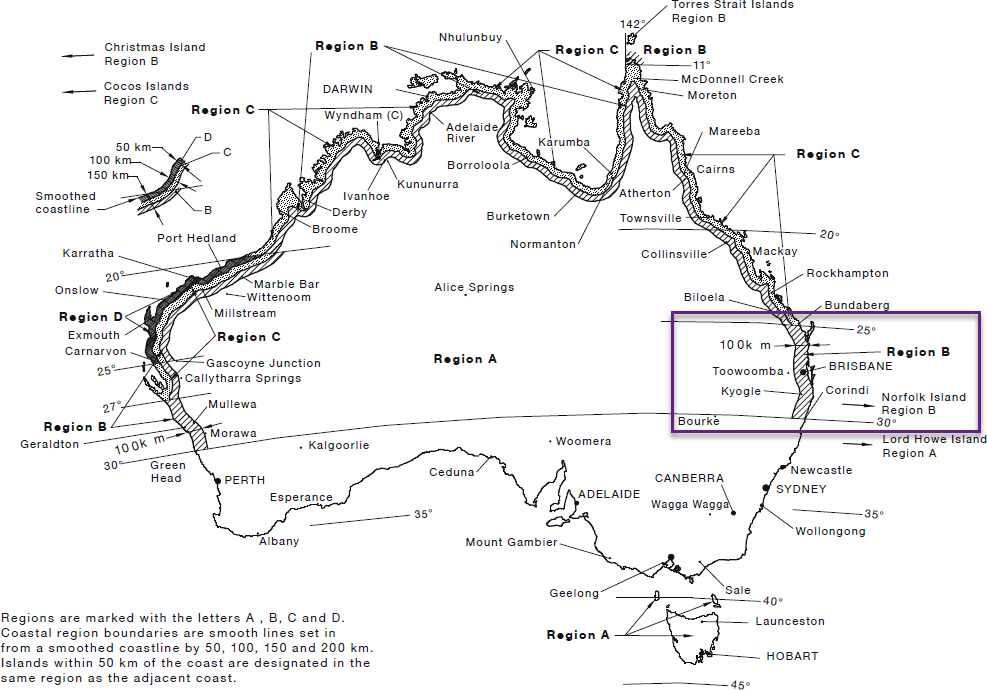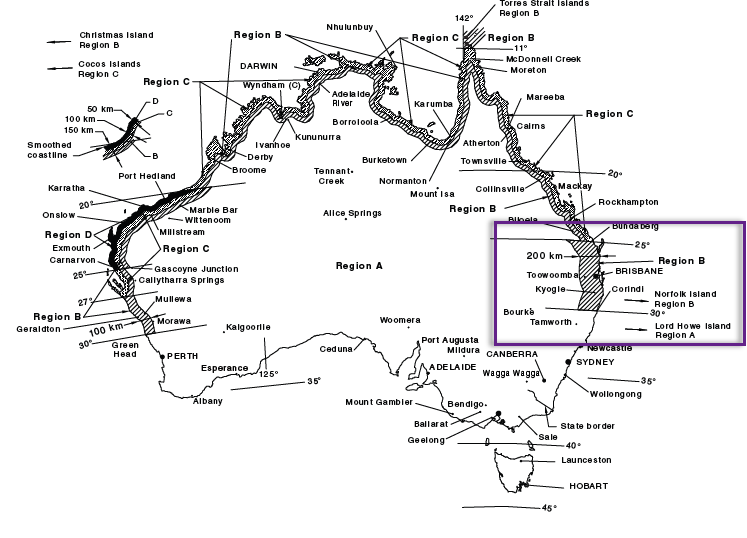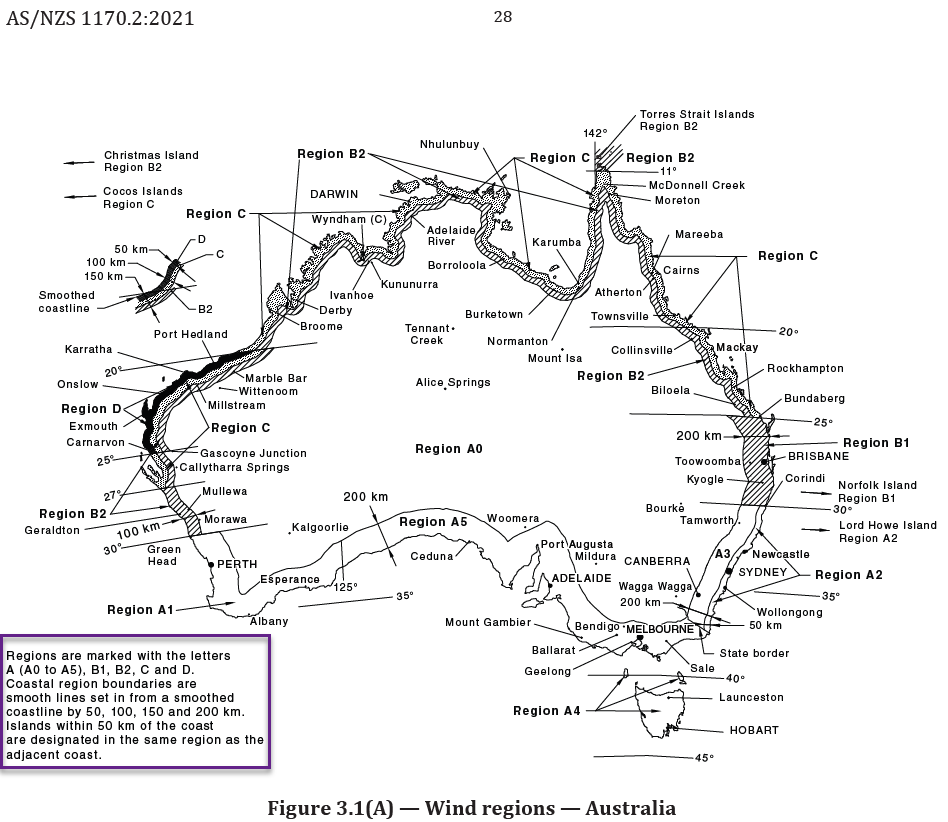News
Changes to New AS 4055 and AS/NZS 1170.2
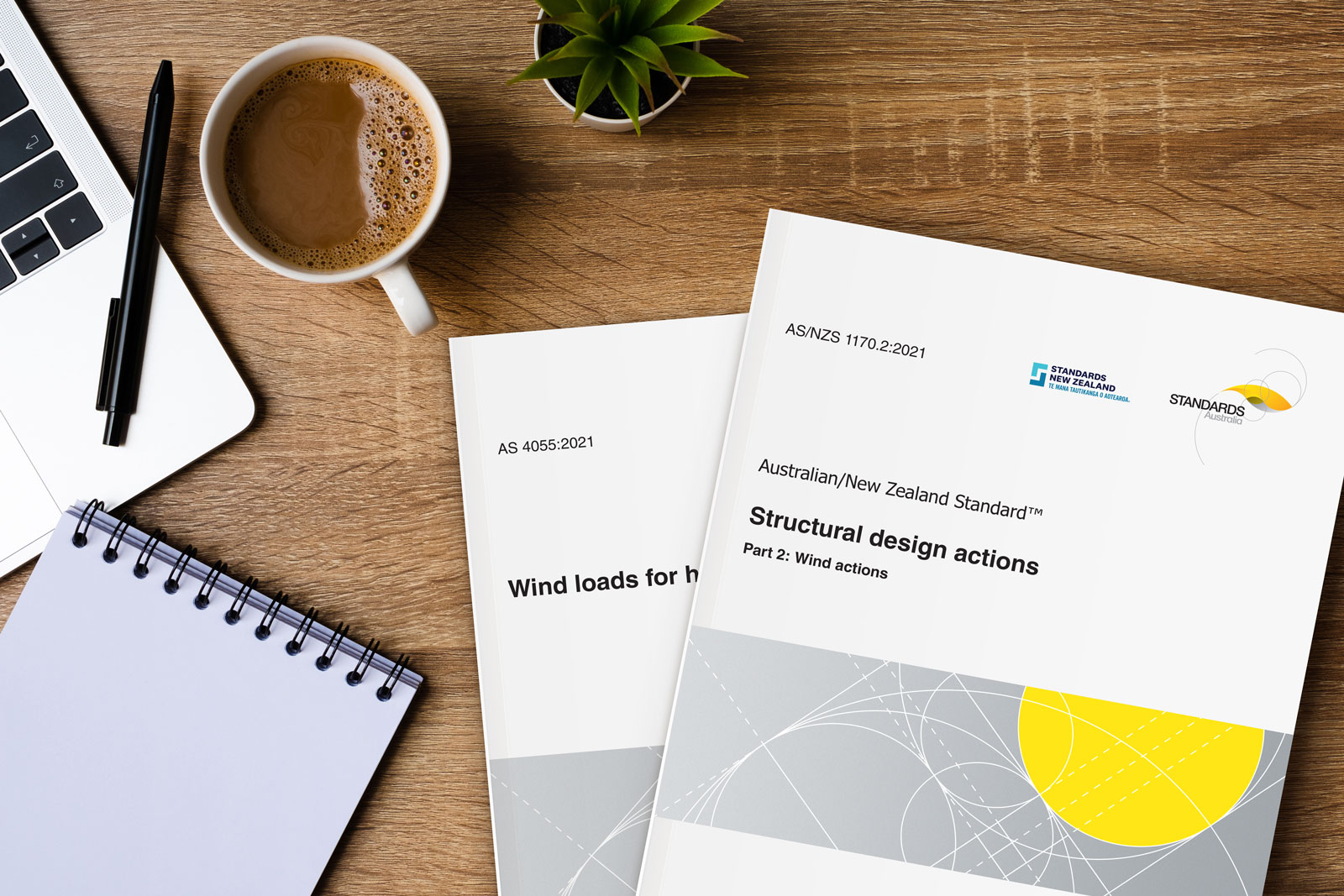
There are two major Australian standards for wind loads and wind actions for the building industry to follow. They are AS 4055 – Wind load for housing, and AS/NZS 1170.2 – Structural design actions Part 2: Wind actions.
It is not unusual that designers, builders and related personnel to confuse the applications of these two standards from time to time. Although Australia and New Zealand share many similarities in terms of wind loads and wind actions, the Australian standard AS 4055 is only applicable for use in Australia, while AS/NZS 11720.2 is applicable in both Australia and New Zealand.
Said standards have both been updated this year 2021 with AS 4055:2021 to supersede AS 4055:2012 and AS/NZS 1170.2:2021 to supersede AS/NZS 1170.2:2011 respectively. Regarding their applications, it is a perfect time to introduce the updated versions of these standards and provide a clearer picture to distinguish important applications and limitations that have been included in the transition. Let’s look at some highlighted changes below:
AS 4055:2021 Wind load for house in Australia only
The updated 2021 version of AS 4055 further clarified and presented the definition of “house” which is clearly list in NCC Class 1 or 10a. As a house, the building will be bound by certain geometric limitations as listed below. Figure 1.2 depicts the elevation view and plan view regarding said geometric limitations. They are:
- The distance from averaged ground level to the underside of eaves shall not exceed 6.0 m.
- The distance from averaged ground level to the highest point of the roof, not including chimneys, shall not exceed 8.5 m.
- The width (W) including roofed verandas, excluding eaves up to a maximum of 0.9 m, shall not exceed 16.0 m. The length (L) shall not exceed five times the width.
- The roof pitch shall not exceed 35°.
Coastal region boundaries have been extended to include 200km inland from the ocean in some regions. For example, Toowoomba in QLD used to be Region A in the superseded 2011 standard and now belongs to Region B. As such, the corresponding changes to a given Wind Region will result in an updated design wind speed that will be in accordance to the new given region.
Boundaries of regions ABCD in AS 4055:2012
Boundaries of regions ABCD in AS 4055:2021
AS 1170.2 which is covering wind speed of both Australia and New Zealand constructions, but we will only talk about Australian regions.
Wind speed could be changed in your areas with the new standard. The below formula is the latest version for wind speed calculations Equation 2.2 in AS1170.2, comparing to the previous versions, there is a newly introduced Mc factor included. Mc is a climate change multiplier with 1.0 for most of the low wind areas and 1.05 for cyclonic regions. Mt, Mz, cat, Mt have been reduced for low wind Region A0, which means for low wind areas, you might expect to have lower design wind speed than before.
For choosing the right multiplier for the wind speed calculations, refer to the boundary map and relevant tables in AS1170.2. The boundary map from Figure 3.1 (A) show that the major wind regions are subdivided into more regions/categories comparing to AS 4055.
Wind regions subdivide into smaller regions/categories
The new national construction code NCC 2022 is at the stage of public comment draft, please be prepared for the new AS 4055 wind load for housing and AS1170.2 wind action which are expecting to be referenced in the version of NCC 2022 next year.

Siu Kong Fox
Structural Engineer
sk.fox@multinail.com 02 9912 8100
Let’s Work Together
